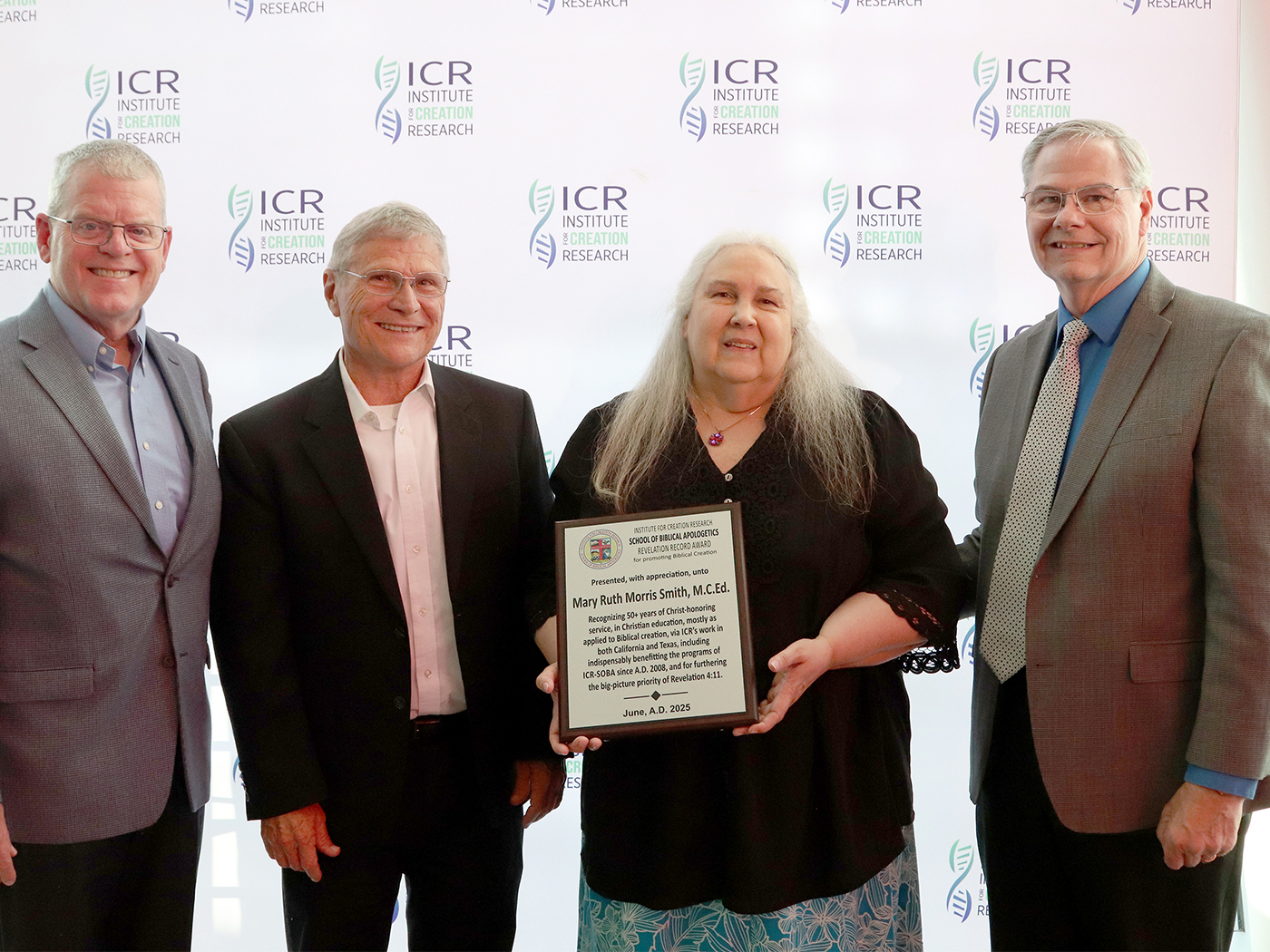Many extinct and strange creatures were only known from Cambrian rocks--until now. Newly discovered fossils in higher, more "recent" rock layers in Morocco show "remarkable preservation" and hold a host of what were for decades considered exclusively Cambrian sea creatures. These fossil finds were quite unexpected by evolutionists, who had pictured a different evolutionary scenario.
In the geologic timescale, the "Cambrian period" refers to the lowermost densely fossil-bearing rocks. These rocks record the sudden appearance of creatures, with representatives of almost every living phylum found fully formed and with no signs of evolutionary transition, which is an enigma for evolution.1
The soft-bodied creatures found in Cambrian strata were considered stem or basal creatures. They were supposed to have been the worms, arthropods, and other odd creatures that "gave rise" to subsequent body forms found in upper strata. Although none of them ever showed clear transition toward the more familiar sea animals that are found in higher strata or are living today, they were considered to be evolutionary predecessors because they were thought to be exclusive to Cambrian rocks.
Now all of that has changed. A recent study in Nature reported that some of the same soft-bodied "Cambrian" sea creatures were found in Morocco--preserved in brilliant reds and yellows because of the oxidation of pyrite that occurred on their soft tissues while they were being fossilized--in a higher layer, mixed in with "later" animals.2 This discovery erases the argument for evolution, which relies on the absence of these creatures in higher layers to support the assumption that they "diverged" into "later" life forms--and eventually into people.
This find forces evolutionists to add a new belief in order to support their overall concept of past life. Before, evolutionists believed that some creatures evolved into others--an easy story to assert but one that lacked the expected transitional forms in the fossil record.3 Now, they must also believe that some creatures evolved into others, and at the same time spawned more of themselves in "parallel." They must insist that the "stem" soft-bodied animals "gave rise" to newer life forms found in higher sediments, as well as to populations that continued to produce more forms just like themselves.
Since both of these "parallel" populations lived alongside one another, instead of in separate periods of time, then why are the Cambrian creatures not typically found as fossils in higher strata? The study's authors said, "The rarity of Burgess Shale-type taxa [organisms] in post-Middle Cambrian rocks elsewhere probably results from a lack of preservation rather than the extinction and replacement of these faunas during the later Cambrian."2 (The Burgess Shale Formation is widely known for soft-tissue preservation in its fossils.)
This one brief statement rewrites a foundational part of the evolutionary story. Instead of going extinct because they evolved into subsequent forms, it must now be believed that they evolved into other forms despite what these new fossils show--not transitional forms evolving, but stable forms persisting. This find forces the evolutionary story to take too many twists and turns to be true.
On the other hand, if God created all creatures during the same week-long miraculous event, and if God subsequently judged the world in a globe-covering watery catastrophe, then one would expect to find exactly what has been described: ancient sea creatures that were fully-formed and coexisted in time, buried together in mud in a massive, worldwide graveyard.
References
- Thomas, B. Cambrian Clash: Fossils and Molecular Clocks Disagree. ICR News. Posted on icr.org October 20, 2008, accessed May 21, 2010.
- Van Roy, P. et al. 2010. Ordovician faunas of Burgess Shale type. Nature. 465 (7295): 215-218.
- Thomas, B. 'Totally Strange' Hurdia a Hurdle for Evolution. ICR News. Posted on icr.org September 9, 2009, accessed May 19, 2010.
Image credit: Nature Publishing Group (copyright 2010). Photo used under U.S. Fair Use doctrine. Usage by ICR does not imply endorsement of copyright holders.
* Mr. Thomas is Science Writer at the Institute for Creation Research.
Article posted on May 25, 2010.

















